Today I’m answering one of my most asked questions and sharing a photography tip on how I get those creamy backgrounds in my photos. The technical term is called bokeh and I have a confession, I’m obsessed with it. The reason it’s so popular is that it’s visually appealing, it forces the viewer to focus their attention on a certain portion of the image. Our eyes are naturally drawn to the brightest part of an image which I think is why I’ve discovered my style of photography is ever evolving and I love deep, rich backgrounds. Here are a few examples.
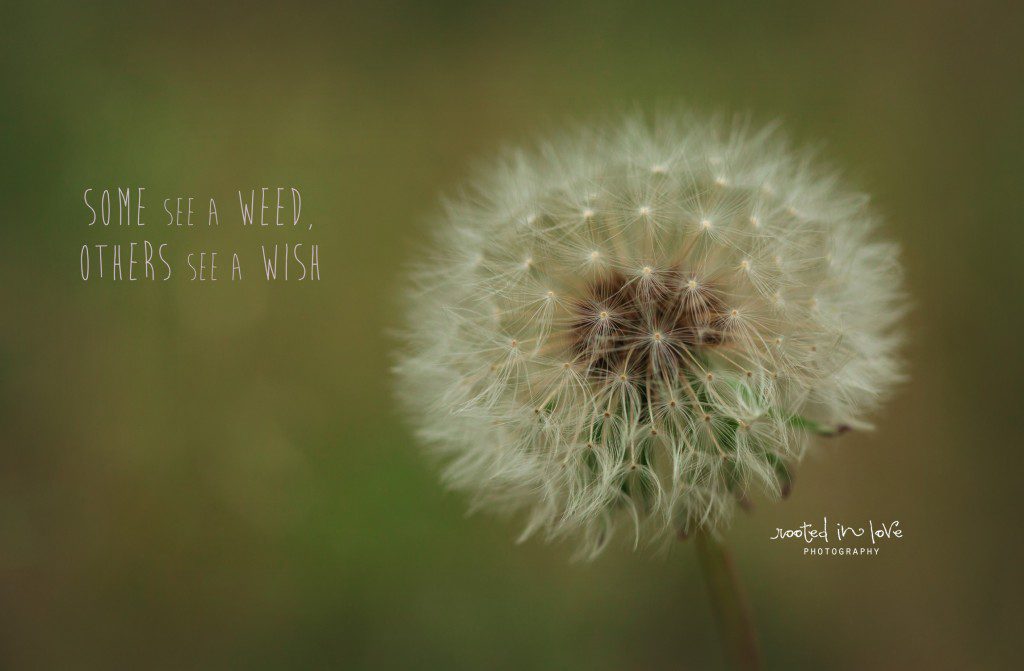
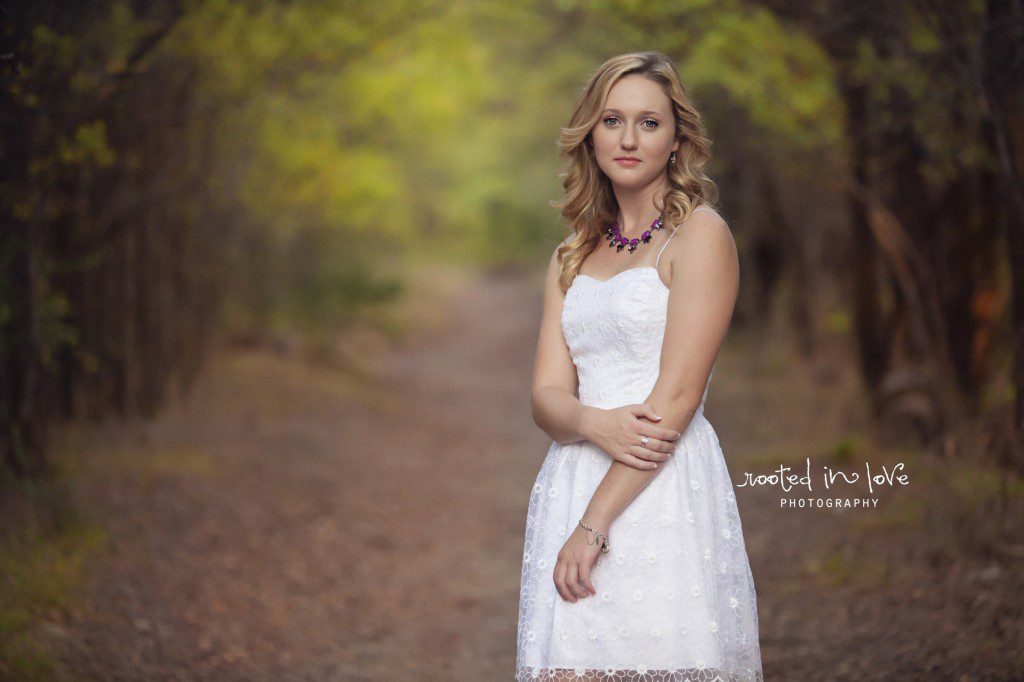
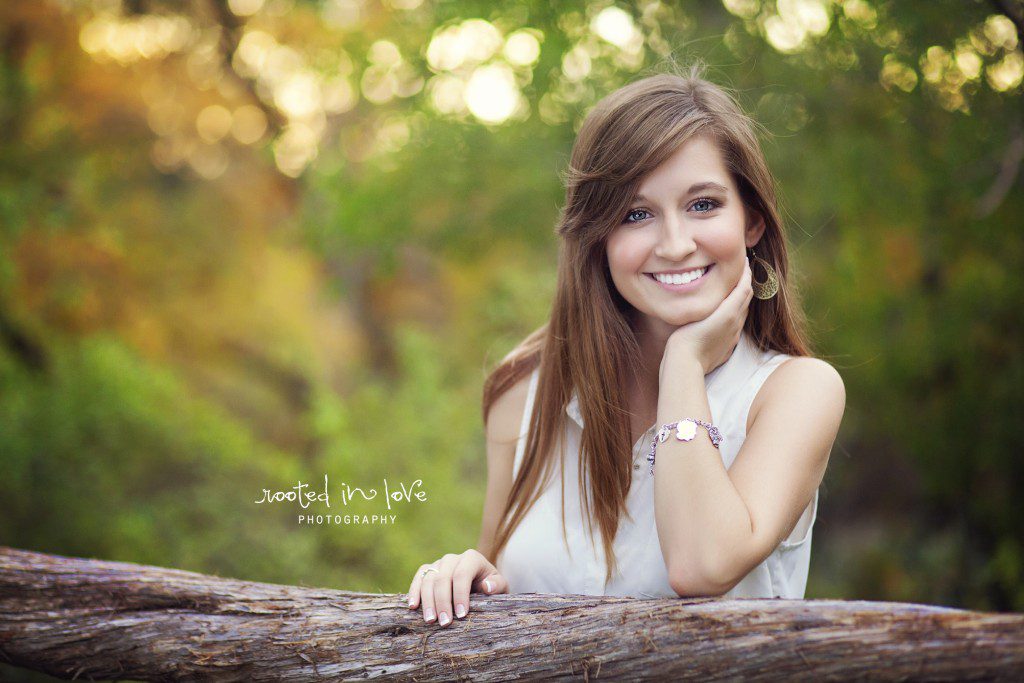
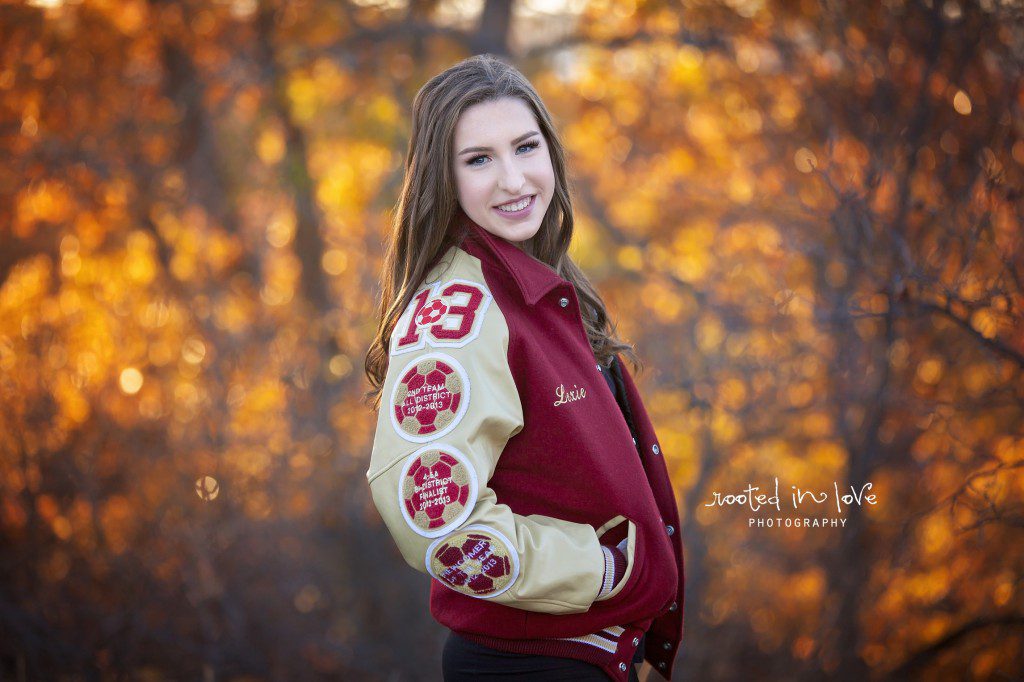
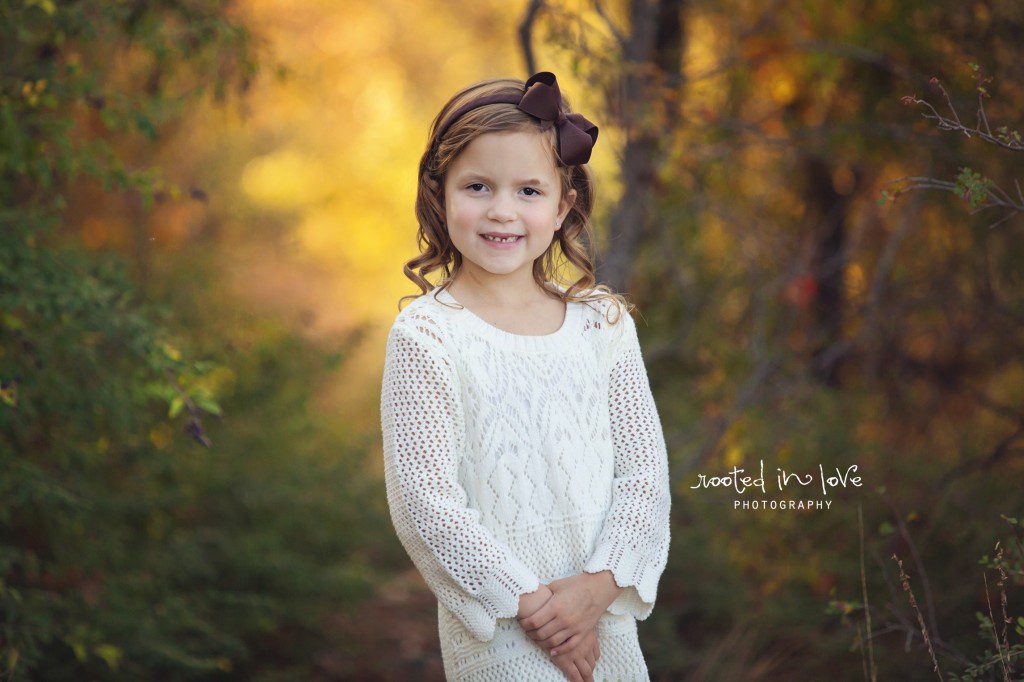
The answer is aperature. To put it simply it’s that number after the F on the back of your camera. Aperature is the hole in your lens that dictates the amount of light that you’re letting in.

A smaller f-stop means a larger aperture, while a larger f-stop means a smaller aperture. It can be a little tricky at first, the smaller the number the larger the aperature. For example f/1.4 is a lot larger than f/8.0.
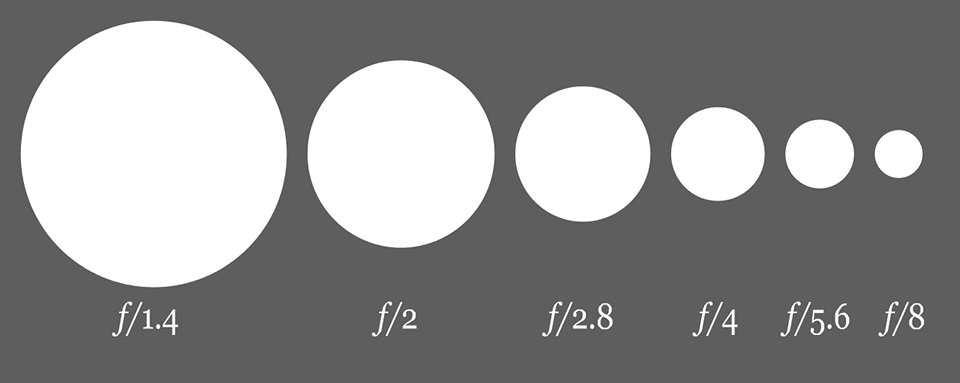
The aperature has a direct impact on the depth of field. Here is a wonderful example of how aperature has a big effect on how much is in focus. What I love about this is that the more I open my aperature, the more I draw the viewer to what I want them to focus on in the image. Many times in landscape photography, aperatures are very small because landscape photographers really want the viewer to take in the whole image. For me, I love shooting at 2.8 for portraits. This allows me to blur some unwanted distractions on background that I don’t want viewers to see. Sure does beat picking up trash or editing out something distracting for sessions.
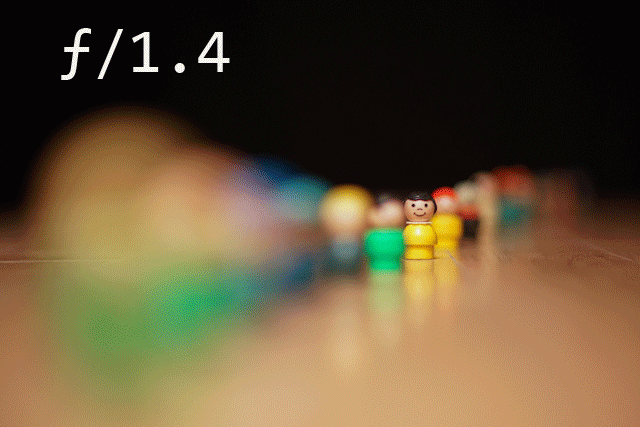
Play around with your aperature and you will love the results. CAUTION: One thing to be careful about when shooting “wide open” (a small aperture number such a 2.8), you need to make sure if you’re shooting more than one person that they are on the same focal plane. For example, imagine there is a large window in front of the subject you are photographing, pretend that all of their noses are touching the window or there’s a chance that one of them will be out of focus.